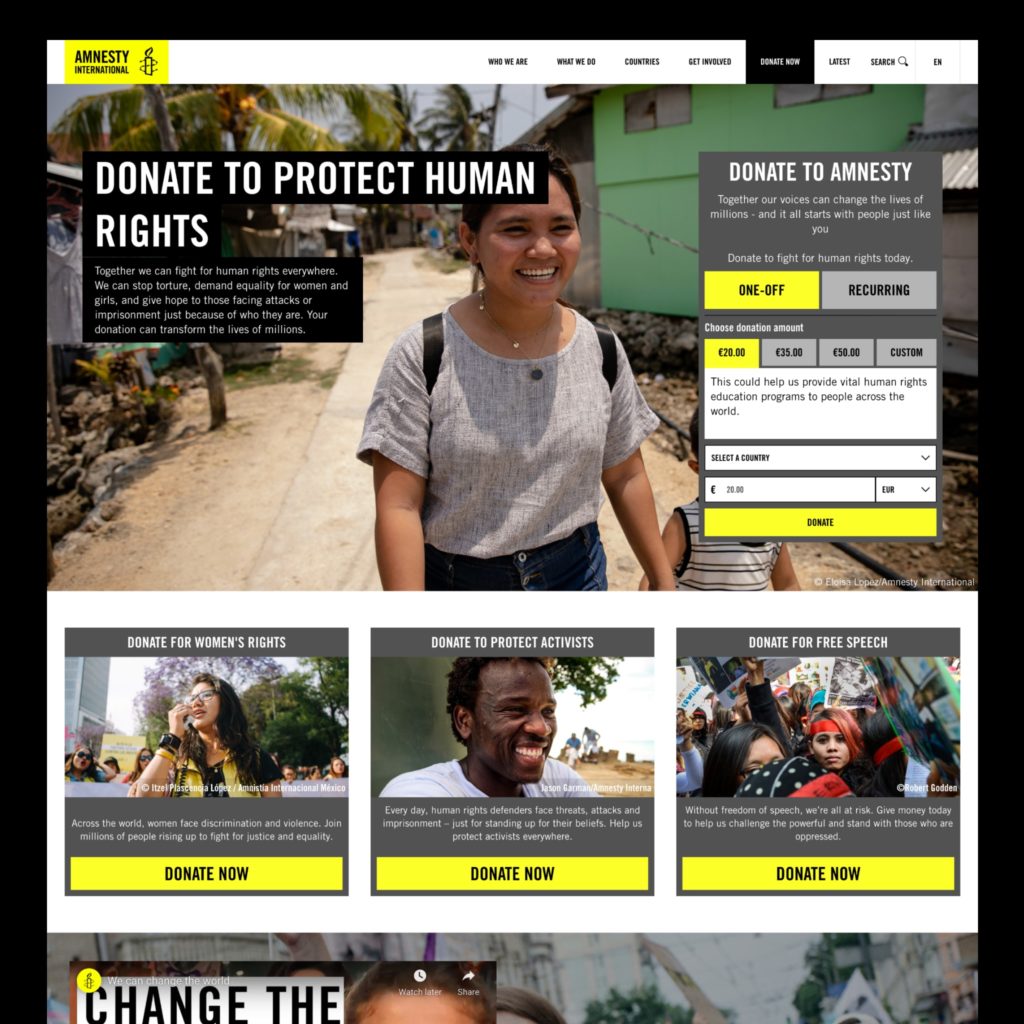2003
Originally developed by Matt Mullenweg and Mike Little as the successor to a retired blogging tool, WordPress quickly gained popularity by enabling individuals to easily share thoughts, reviews and ideas online.

2005
A growing number of journalists – across both broadsheets and tabloids – began to post news and views via blogs, while WordPress expanded its functionality to enrich the publishing experience.
2009
Major organisations such as Microsoft began sponsoring WordPress meetups and events, signalling the much wider adoption and endorsement of open source software.
2010
In its third major release, WordPress launched new functionality to enrich the publishing experience including custom post types and contextual support across admin screens. 2010 also saw the release of multisite capabilities, enabling users to manage a wide number of distinct sites via a single installation and admin network.

2011
The UK’s Civil Service chose WordPress to build its extensive site, becoming one of the first government organisations to champion open source development. It continues to use the platform to this day.
2013
By 2013, WordPress had not only evolved to offer a much broader range of features, themes and plugins, it had also established itself as the world’s most popular CMS – a title that it still holds today.
2015
News Corp, News Corp Australia and News UK kickstarted the major migration from legacy content management systems to WordPress.

2017
President Obama chose WordPress to power his foundation website, making him the first of several presidents across the world who have subsequently utilised the platform. The White House site was also built on WordPress in the following year.

2018
Regarded as a watershed moment for the platform, WordPress introduced Gutenberg – the user-friendly block editor that enables non-technical users to create and publish content and web pages in a much more visual, intuitive way.
In the same year Big Bite became the first agency in the world to launch an enterprise-level project using Gutenberg, on behalf of Amnesty International.


2019
As a result of the platform’s continued rise in popularity with individuals and organisations alike, WordPress hit a new milestone, powering over 35% of the world’s websites.
2022
A number of key features – including block themes – were shipped throughout the year to not only change how WordPress can be used, but also who can use it, further empowering designers of all levels of expertise.

2023
The platform now has over 20,000 WordPress plugins available, including premium options. The WordPress VIP platform also sees developments on key features in 2023 such as the WordPress VIP Dashboard and database backup exports.
2024
Now used by over 45% of all websites and a growing number of enterprise brands – including The Times, The Wall Street Journal, PayPal, Google, Gumtree and Meta – WordPress is firmly established as a leading CMS for large-scale organisations. In the coming months and years, the platform is also set to strengthen its core functionality specifically for large-scale organisations, with a keen focus on collaborative editing.
For expert insights on how WordPress stacks up against other CMSs, click here to download your free copy of WordPress for enterprise: A guide for prospective buyers

WordPress for Enterprise
Big Bite has joined forces with a cohort of leading WordPress agencies to create a new groundbreaking guide for enterprise organisations.


